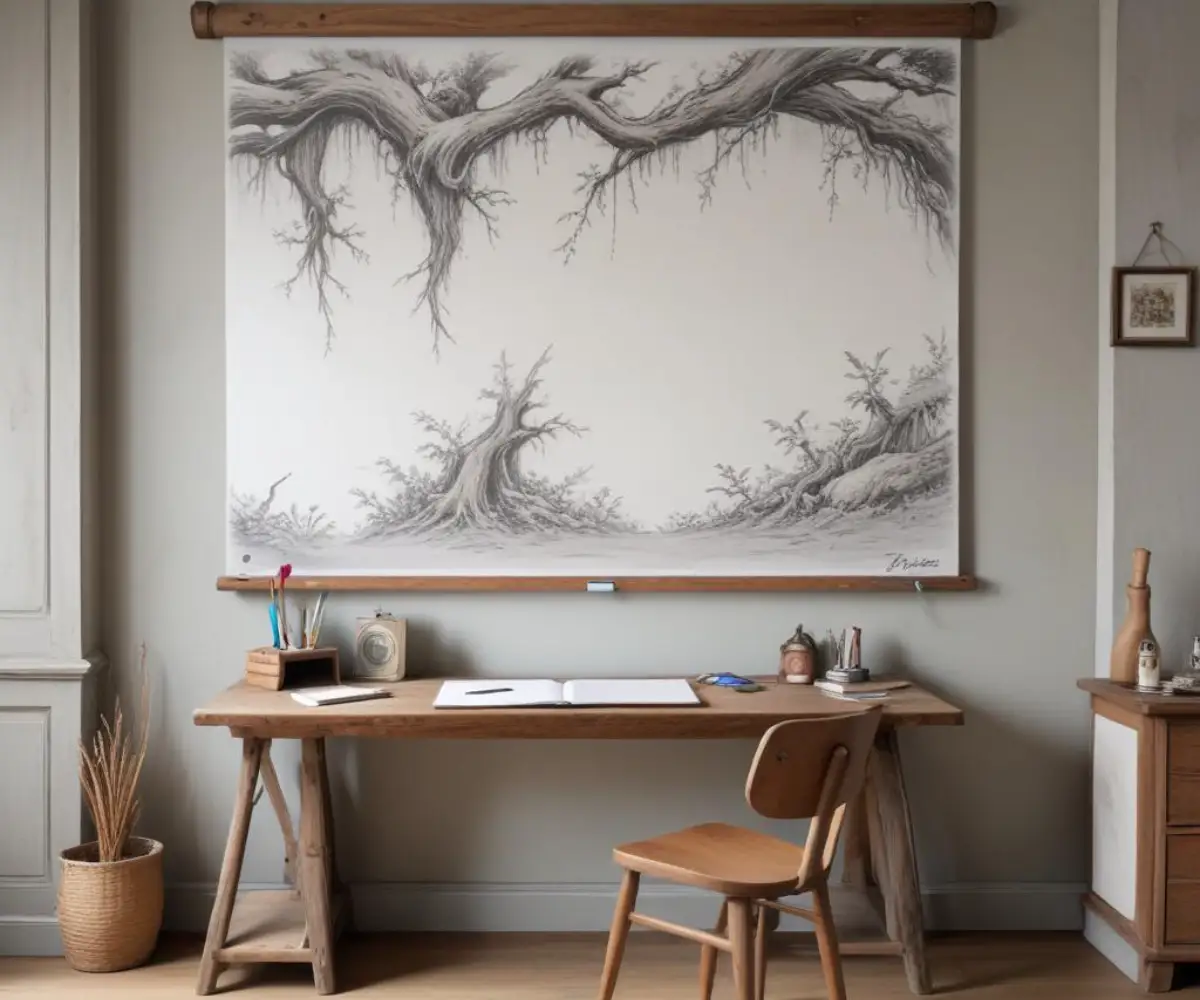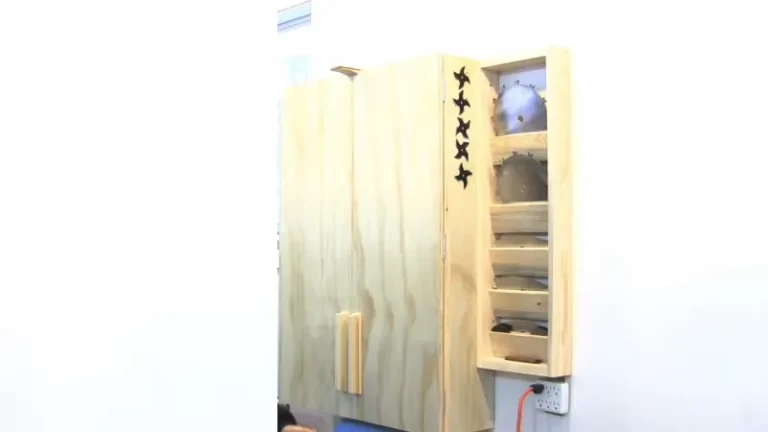How to Hang a Whiteboard In an Apartment Without Losing Your Deposit
You need a space to brainstorm, organize your life, or teach online, and a whiteboard is the perfect tool. But then reality hits: you live in an apartment. The fear of drilling holes, damaging the walls, and ultimately, saying goodbye to your security deposit can be enough to quash your organizational dreams before they even begin.
This is a classic renter’s dilemma. Most lease agreements have strict rules against making alterations, and the thought of trying to patch and paint drywall perfectly before moving out is a major headache. The good news? You have plenty of options for mounting a whiteboard that are completely damage-free or require such minimal changes that they are easily reversible.
This comprehensive guide will walk you through every secure, apartment-friendly method to get your whiteboard on the wall. We’ll cover everything from heavy-duty adhesive solutions to clever alternatives you might not have considered, ensuring your walls remain in pristine condition.
You'll Learn About
Understanding the Challenge: Weight, Walls, and Leases
Before you choose a hanging method, it’s crucial to understand the factors at play. A successful installation depends on the type of whiteboard you have, the kind of walls in your apartment, and what your lease specifically allows.
Types of Whiteboards and Their Weight
Whiteboards come in various materials, and their weight can differ significantly. A small, non-magnetic board is feather-light compared to a large, glass magnetic whiteboard. Knowing the approximate weight of your board is the first step in choosing a safe mounting option.
Generally, lighter boards (under 10 pounds) are suitable for adhesive solutions, while heavier boards may require more robust, albeit still damage-free, approaches. Always check the manufacturer’s specifications for the exact weight.
Know Your Walls and Your Lease Agreement
Most modern apartments have drywall, which is relatively soft and cannot hold screws without an anchor. Additionally, the texture and quality of the paint can affect how well adhesive products stick. Before anything else, carefully read your lease agreement. Some landlords allow small nail holes for pictures, while others have a strict no-holes policy. Knowing the rules upfront will save you from potential disputes later. When in doubt, a quick email to your property manager for clarification is always a good idea.
The Ultimate Damage-Free Solutions
For renters who want zero risk of wall damage, these methods are your best friends. They require no tools, no drilling, and leave no trace behind when you move out.
1. Heavy-Duty Adhesive Strips and Hooks
Adhesive hanging solutions have come a long way. Brands like Command offer a wide range of products specifically designed to hold significant weight without damaging walls. These are often the go-to choice for renters.
Choosing the Right Adhesive Product
For a whiteboard, you’ll want to use Picture Hanging Strips rather than standard hooks. These strips work like Velcro; one side adheres to the wall, and the other adheres to the back of your whiteboard. This design distributes the weight more evenly and provides a much more secure hold.
Check the weight capacity on the packaging. It’s always a good idea to use more strips than you think you need for extra security. For a medium-sized whiteboard, you might use four to six pairs of large strips, placing them along the top and bottom edges of the frame.
Step-by-Step Installation
- Clean the Surface: This is the most critical step. Wipe the wall surface and the back of the whiteboard frame with isopropyl rubbing alcohol. Do not use household cleaners, as they can leave behind a slippery residue. Let it dry completely.
- Prepare the Strips: Press two strips together until they click. This ensures the hook and loop fasteners are engaged.
- Apply to Whiteboard: Remove one of the liners and press the strip firmly onto the back of the whiteboard frame. Press along the entire strip for 30 seconds. Repeat for all strips.
- Mount the Whiteboard: Remove the remaining liners and press the whiteboard firmly against the wall. Hold it in place for at least 30 seconds.
- Let it Cure: To ensure the adhesive bond is strong, carefully lift the whiteboard off the wall, leaving the wall-side strips in place. Press firmly on the wall strips for another 30 seconds. Wait at least one hour before reattaching the whiteboard.
When it’s time to move, you can remove the strips by pulling the tab straight down, which stretches the adhesive and releases it cleanly from the wall.
2. The Easel or Leaning Method
Who says a whiteboard has to be mounted on a wall? An artist’s easel or a dedicated stand can be a stylish and highly effective way to use your whiteboard without touching the walls at all. This is a perfect solution for larger, heavier boards.
Alternatively, you can simply lean a large whiteboard against a wall. For stability, place the bottom edge on a non-slip mat or secure it behind a sturdy piece of furniture like a desk or a console table. This creates a modern, casual look while being 100% damage-proof.

3. Over-the-Door Hangers
For smaller, lightweight whiteboards, over-the-door hooks are a surprisingly effective and underutilized option. These hooks are typically used for coats or organizers but can easily be repurposed. Simply attach two hooks over the top of a door and use wire or sturdy string to hang your whiteboard from them. This is an ideal solution for a bedroom, home office, or even the back of a pantry door.
4. Whiteboard Decals and Paint
If you love the idea of a whiteboard but don’t need a physical board, consider alternatives that turn the wall itself into a writable surface.
- Whiteboard Decals: These are large, self-adhesive vinyl sheets that you can apply directly to a smooth wall. They are easy to install—just peel and stick—and are removable. For best results, clean the wall thoroughly and use a squeegee to smooth out any air bubbles during application.
- Whiteboard Paint: For a more permanent and seamless solution, you can use special dry-erase paint. This allows you to turn an entire wall, or just a section of it, into a whiteboard. However, this is a more involved process and will require you to repaint the wall back to its original color before you move out, so it’s best to get your landlord’s permission first.
Minimal Damage Methods (With Easy Repairs)
If your lease allows for small nail holes, or if you’ve gotten permission from your landlord for minor alterations, these methods offer superior stability for heavier boards. The key is to make holes that are small and easy to patch.
1. Using Small Nails or Picture Hangers
For a traditional mount, you can use small nails or picture hangers. The key is to locate the studs in your wall. Studs are the vertical wooden beams that make up the frame of your apartment walls, and screwing or nailing into them provides a much stronger hold than drilling into hollow drywall.
You can find studs using a stud finder, or by gently knocking on the wall—a hollow sound indicates drywall, while a solid, dull thud suggests a stud. Once you’ve located the studs, you can install the whiteboard’s mounting hardware directly into them.
2. Wall Anchors and Screws
If you can’t align the whiteboard’s mounting points with your studs, drywall anchors are your next best option. These small plastic or metal sleeves expand behind the drywall, providing a secure point to drive a screw.
How to Install Drywall Anchors:
- Mark Your Spots: Hold the whiteboard up to the wall and use a pencil to mark where the screws need to go.
- Drill a Pilot Hole: Use a drill bit that is slightly smaller than the diameter of your anchor to drill a hole at each mark.
- Insert the Anchor: Gently tap the plastic anchor into the hole until it is flush with the wall.
- Mount the Whiteboard: Place your whiteboard’s mounting bracket over the anchor and drive the screw into it. The anchor will expand behind the drywall, locking it in place.
How to Perfectly Patch Holes Before You Move Out
Patching small holes is a simple DIY task that can ensure you get your full security deposit back. You’ll need lightweight spackle, a putty knife, fine-grit sandpaper, and paint that matches your wall color.
- Apply Spackle: Use a flexible putty knife to press a small amount of spackle firmly into the hole.
- Smooth It Out: Scrape away any excess, leaving a smooth surface. Let the spackle dry completely (this usually takes 1-2 hours).
- Sand: Lightly sand the dried spackle until it’s perfectly flush with the wall.
- Paint: Apply a small amount of matching paint to cover the patch.
This process is quick, and when done correctly, the repair will be completely invisible.
Choosing the Right Method for You: A Comparison
To help you decide, here is a quick comparison of the different apartment-friendly hanging methods.
| Hanging Method | Damage Level | Best For | Weight Capacity | Ease of Installation |
|---|---|---|---|---|
| Adhesive Strips | None | Light to medium whiteboards on smooth, painted walls. | Up to 20 lbs (check packaging) | Easy |
| Easel/Leaning | None | Heavy or large whiteboards; high-traffic areas. | Unlimited | Very Easy |
| Over-the-Door Hangers | None | Small, lightweight boards in bedrooms or offices. | Up to 10 lbs | Very Easy |
| Whiteboard Decal | None (if removed carefully) | Creating large writing surfaces on smooth walls. | N/A | Moderate |
| Nails into Studs | Minimal (tiny holes) | Heavy whiteboards for maximum security. | Very High | Moderate |
| Drywall Anchors | Minimal (small holes) | Heavy whiteboards when studs are not accessible. | High | Moderate |
Creative and Functional Whiteboard Setups
Once your whiteboard is up, consider how to integrate it into your space. A well-organized area around your board can boost productivity. If you’re building out a small home office, you might consider ways for how to join two shelves together to create a custom storage unit above or beside your new whiteboard. This can give you a dedicated spot for markers, erasers, and other essential supplies.
For more complex DIY projects around the home, like those involving sealants, knowing the basics is key. For example, understanding how to remove the cap from GE silicone caulk properly can save you a lot of frustration on other tasks. While not directly related to hanging a whiteboard, having a good grasp of common DIY skills makes you a more confident renter and homeowner.
Thinking about larger-scale home maintenance can also put your apartment projects into perspective. A task like a gutter wrap around corner installation is a significant undertaking for a homeowner, which makes a simple, damage-free whiteboard installation feel even more manageable and clever by comparison.
Final Thoughts: Hang with Confidence
Living in an apartment shouldn’t limit your ability to create a functional and inspiring space. With the right tools and techniques, you can easily hang a whiteboard without worrying about wall damage or losing your security deposit. The key is to assess your whiteboard’s weight, understand your lease, and choose the method that best fits your needs.
From heavy-duty adhesive strips that leave no trace to minimal-damage options that are easily patched, there is a secure and renter-friendly solution for everyone. So go ahead, get that whiteboard, and start bringing your ideas to life.

